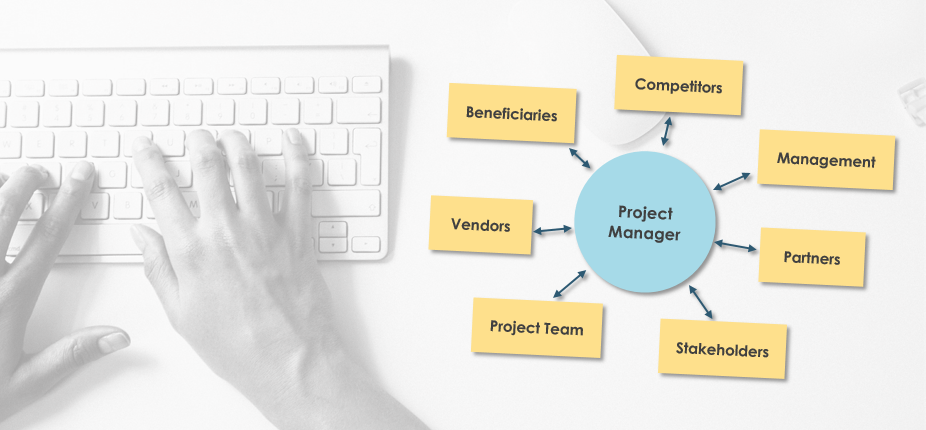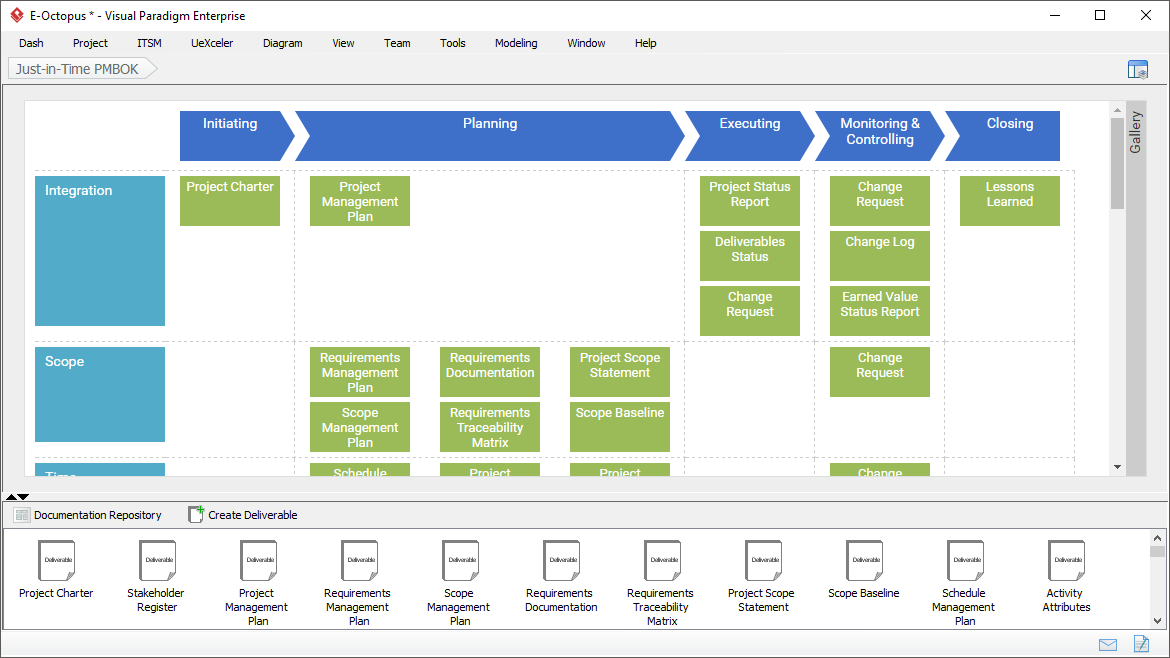Understanding PMBOK: A Comprehensive Guide to Project Management
Project Management is an art of balancing and organizing the various aspects of a project. The Project Management Body of Knowledge (PMBOK) is a standard framework developed by the Project Management Institute (PMI) that outlines the best practices for project management. PMBOK provides project managers with a clear understanding of what needs to be done, when it needs to be done, and how it needs to be done to ensure the success of a project.
What is PMBOK?

PMBOK is a standard framework for project management that defines best practices, processes, and tools for successful project delivery. It provides a comprehensive approach to project management and covers five essential process groups, ten knowledge areas, and 42 processes. PMBOK is a globally recognized standard, used by project managers and organizations worldwide.
The Five Process Groups
PMBOK consists of five essential process groups, which are:
- Initiating
- Planning
- Executing
- Monitoring and Controlling
- Closing
Each process group includes a set of processes that contribute to the overall project management methodology. The five process groups work together to ensure the success of a project, and the processes within each group are interrelated and dependent on each other.
The Ten Knowledge Areas
The ten knowledge areas in PMBOK are:
- Project Integration Management
- Project Scope Management
- Project Time Management
- Project Cost Management
- Project Quality Management
- Project Resource Management
- Project Communications Management
- Project Risk Management
- Project Procurement Management
- Project Stakeholder Management
Each knowledge area focuses on a specific aspect of project management and provides a set of processes and best practices for project managers to follow. The ten knowledge areas work together to ensure that a project is managed effectively and efficiently.
How to Use PMBOK in Project Management
- Assess your project management needs: Before you start using PMBOK, you need to assess your project management needs. Identify what you hope to achieve with PMBOK, what areas of your project management process need improvement, and what knowledge areas you need to focus on.
- Study PMBOK: Once you have assessed your project management needs, you need to study PMBOK in detail. This includes understanding the five process groups, the ten knowledge areas, and the 42 processes.
- Apply PMBOK to your project: Once you have a good understanding of PMBOK, you can start applying it to your project. This includes creating a project management plan, developing a project charter, and developing a project schedule.
- Continuously improve your project management processes: PMBOK is a living document, and it evolves over time as new best practices emerge. Continuously improve your project management processes by incorporating new best practices and updating your project management plan.
Unlocking the Power of PMBOK with Visual Paradigm’s PMBOK tool

Visual Paradigm’s PMBOK Just-in-Time process map is a visual representation of the Project Management Body of Knowledge (PMBOK) framework. It provides project managers with a comprehensive and graphical overview of PMBOK’s five process groups and ten knowledge areas. The PMBOK process map in Visual Paradigm serves as a guide for project managers to understand and implement PMBOK’s best practices in their projects.
The PMBOK process map in Visual Paradigm covers the following five process groups:
- Initiating: Covers the processes involved in defining and authorizing a project or phase.
- Planning: Covers the processes involved in defining and refining project objectives and determining the activities and resources required to achieve them.
- Executing: Covers the processes involved in coordinating people and other resources to carry out the project management plan.
- Monitoring and Controlling: Covers the processes involved in tracking project progress, identifying variances, and taking corrective action.
- Closing: Covers the processes involved in completing and closing the project or phase.
The PMBOK process map in Visual Paradigm also covers the following ten knowledge areas, as mentioned above.
The PMBOK process map in Visual Paradigm provides project managers with a comprehensive view of PMBOK, helping project managers to understand and implement PMBOK’s best practices in their projects.

